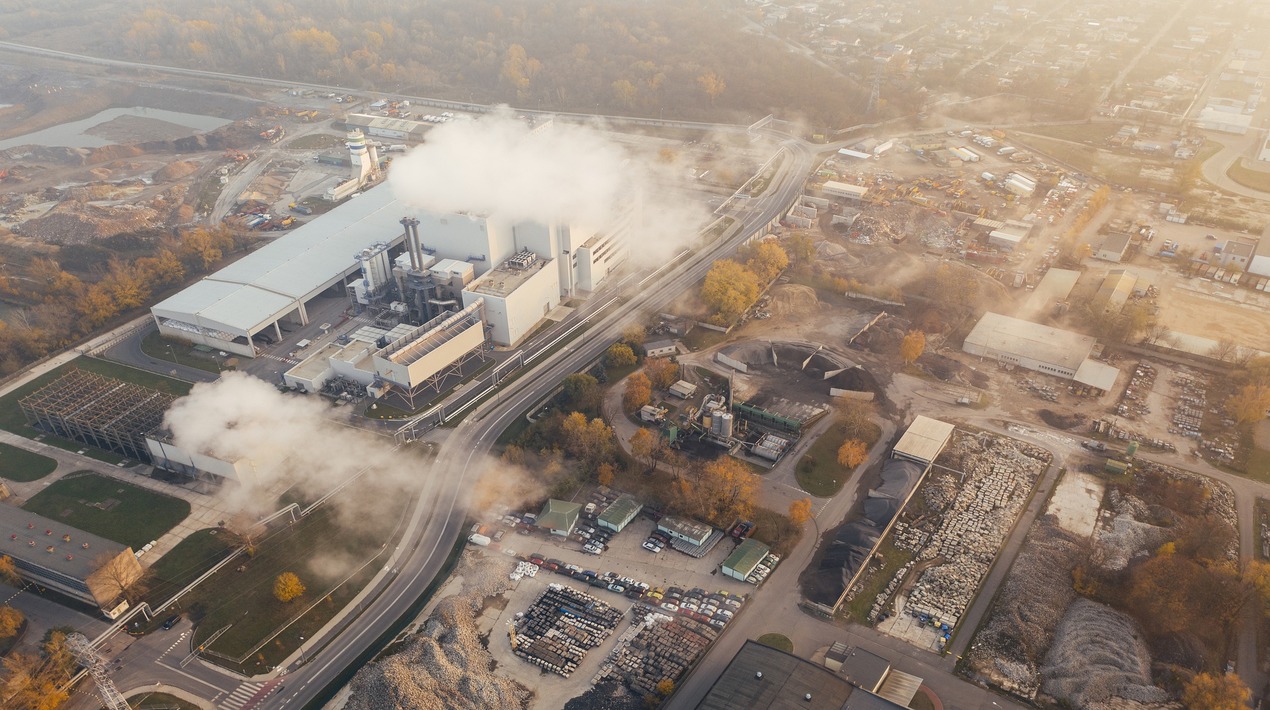
The Department of Science and Technology (DOST) will invest PHP2.49 million in the Payatas Controlled Disposal Facility to construct a smart greenhouse system (PCDF). The DOST-National Capital Region inked a memorandum of agreement with the Technological University of the Philippines for the implementation of this project according to DOST Secretary Fortunato de la Pena.
“The project aims to develop a smart greenhouse system by utilising advanced technologies through different components such as smart aquaponics system through utilisation of Internet of Things (IoT), which will develop an IoT-based integrated sensor module for monitoring smart aquaponics system parameters,” he said.
The evolving Internet of Things (IoT) technologies, which include smart sensors, devices, network topologies, big data analytics, and intelligent decision-making, are thought to be the answer to the key challenges facing greenhouse farming, such as greenhouse local climate control, crop growth monitoring, crop harvesting, and so on.
Another component is a fully automated polystyrene biodegrading system for mealworm segregation that will biodegrade polystyrene and function as an artificial habitat for mealworms throughout their life cycle. According to de la Pena, a solar photovoltaic energy power system will be used to power the programme’s other components.
According to him, the agro-eco park comprises a variety of technologies aimed at promoting a greener, more self-sustaining environment. The Park will also include domes, botanical gardens, and improved vistas of the Sierra Madre and La Mesa dams, according to De la Pea. The Park will also feature ponds that can support both aquaponics and agroponics systems, as well as solar panels and wind turbines that will help with the park’s overall functioning.
In addition, the Department of Agriculture (DA) established the country’s first Smart Greenhouse Philippines Project (SGPP) in 2019, with the goal of increasing production and producing high-quality tomatoes by utilising sophisticated Korean agricultural technology.
The project was formed with support from the Korea International Cooperation Agency (KOICA) and the Korea Agency of Education, Promotion, and Information Service, and is valued at USD 2.43 million (M) or around P122.29 million (EPIS). This was accomplished by a Memorandum of Agreement signed on July 5, 2018, in Seoul, Korea, by the Secretary, KOICA, and EPIS.
OpenGov Asia reported, the Department of Science and Technology (DOST) unveiled three new Niche Centres in the Regions (NICERs) on Monday to promote the UN’s Sustainable Cities and Communities goals. DOST Undersecretary Rowena Cristina Guevara emphasised that, in support of the UN’s 17 Sustainable Development Goals (SDGs), the DOST is providing possible R&D (research and development) interventions through these NICERs that will strengthen inclusive and sustainable urbanisation, reduce cities’ environmental impact, reduce economic losses caused by natural disasters, and develop holistic policies and community plans.
The centre would develop a local policy for local government units based on these R&D efforts, she added, in partnership with the Philippine National Police, to decrease light pollution and energy consumption in cities and improve lighting in crime hotspots. According to Guevara, collaborative water resource management and governance will save an estimated PHP200 million per year in infrastructure damage due to mountain landslides, enhance agricultural production of rice terraces by 20%, and provide 2 million Cordillerans with sustainable clean water.
Guevara said that the Rizal Technological University (RTU) Centre for Astronomy R&D has trained over 500 young scientists in the field of astronomy and space science in senior high schools and colleges in the NCR, as well as developing the Pollution Luminance or Pollux device to monitor light pollution.
The Mountain Engineering R&D Centre of the University of the Cordilleras (UC) in Baguio City was also showcased for the mountainous communities. The centre offers research and engineering solutions to help people avoid landslides and serious flooding.
















